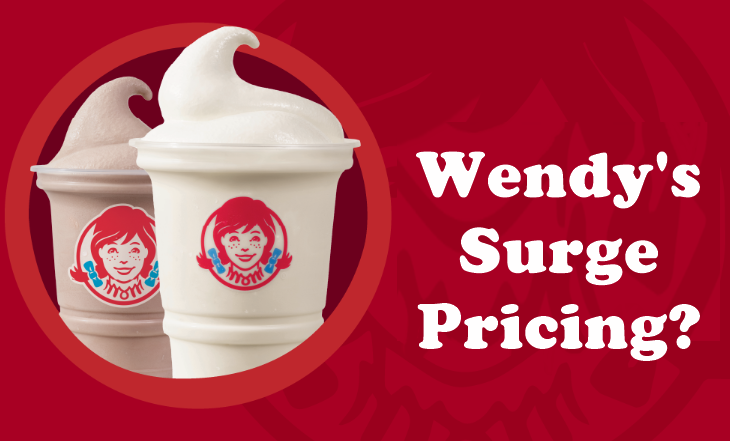Amid rising concerns about surge pricing becoming more prevalent across industries, Wendy’s has officially confirmed that it isn’t planning to introduce surge pricing. This announcement comes as a relief to loyal customers who rely on the fast-food chain for its consistent, affordable prices. But what would surge pricing mean if Wendy’s ever decided to implement it? And why is this confirmation so significant for both the brand and its customers?
Why Wendy’s Rejects Surge Pricing?
By confirming that it won’t be adopting pricing, Wendy’s is standing firm on its commitment to providing reliable, affordable meals to its customers. This decision reflects the brand’s understanding of its core audience budget-conscious consumers who expect consistent pricing regardless of when they visit.

The Role of Trust in Fast-Food Pricing
One of the reasons surge pricing doesn’t fit well with the fast-food model is that customers expect low prices, fast service, and no surprises. Unlike industries where surge pricing is more accepted—like transportation, where supply is often limited—fast food is seen as a low-barrier, predictable option. Wendy’s commitment to consistent pricing keeps it aligned with customer expectations.
Surge pricing impacts both customers and employees, making knowledge of Wendy’s Careers essential for workers to adapt to fluctuating menu prices during peak times.
To manage your budget effectively, review the Wendy’s menu for any surge cost updates, by the way good news is wendys don’t increase the item prices as the sugar rices increases.